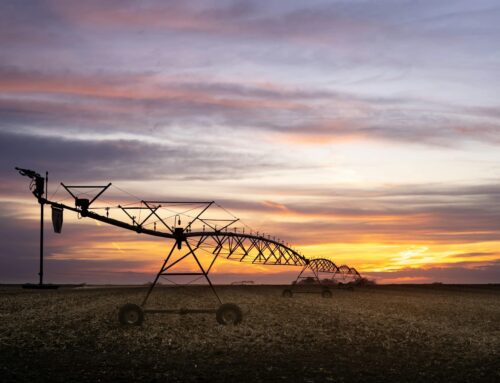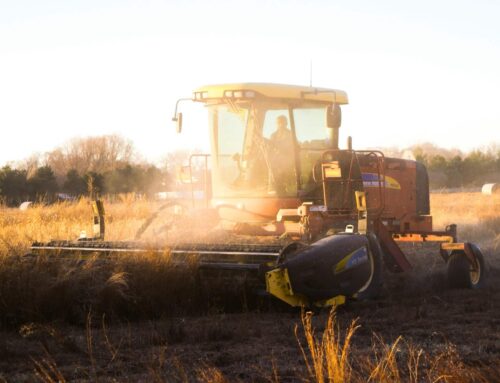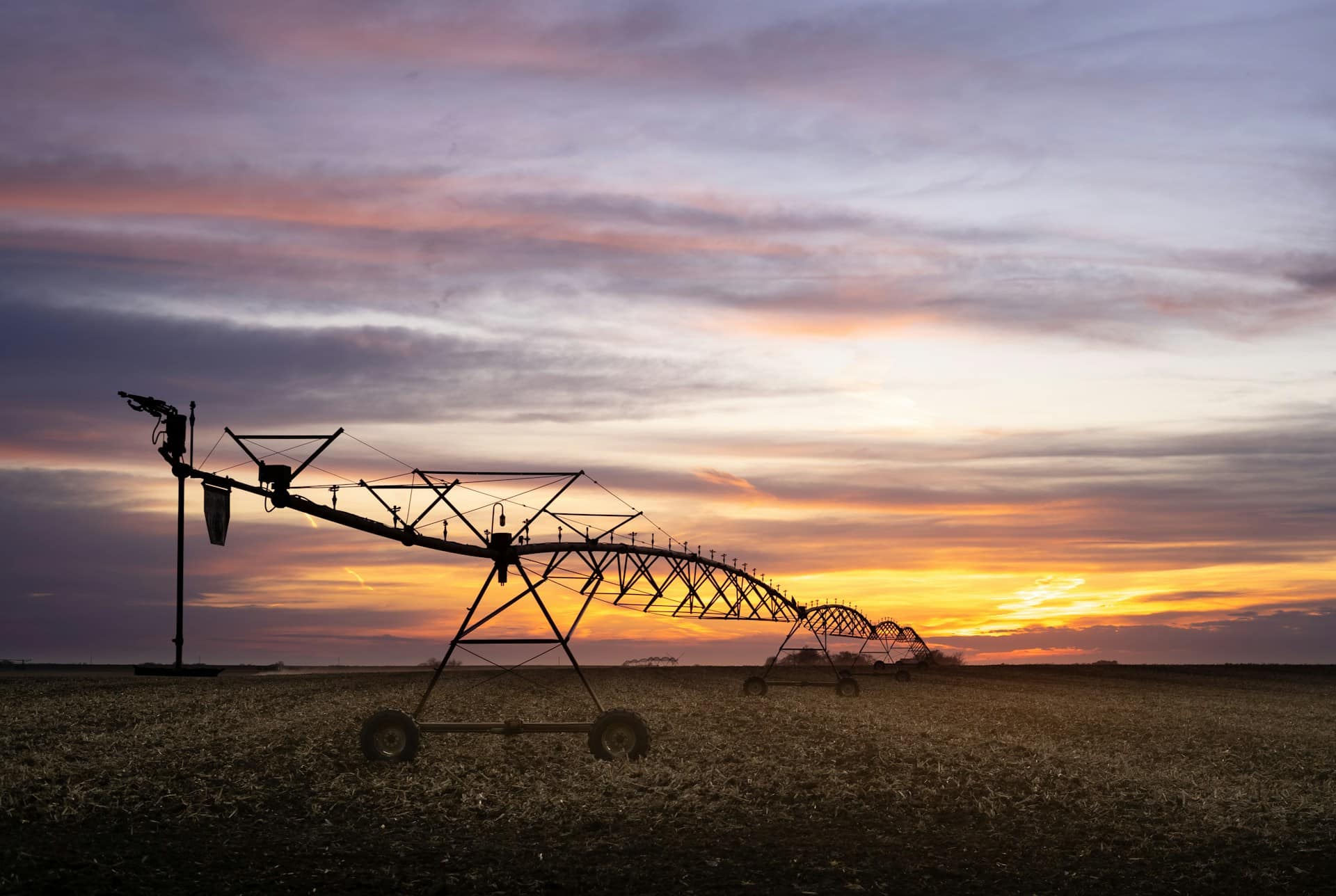The current federal financial safety net for agriculture is a complex web of overlapping and expensive subsidies that too often rewards a small number of special interests and large agribusinesses at the expense of taxpayers.
Congress must use the 2018 Farm Bill reauthorization to reorient federal policy to better serve the interests of the entire agriculture sector, consumers that use agricultural goods, communities impacted by agricultural production, and federal taxpayers footing the bill.
There is a federal role in agriculture. But rather than pick winners and losers based on political muscle, federal policy should create and maintain conditions where individual farm businesses can navigate markets based on their own perception of market needs and individual ability.
Federal policy should protect producers from catastrophic, systemic risks that individual businesses and the sector are incapable of managing while being flexible enough to allow businesses to adapt to changing markets.
Agriculture policy must not devolve into parochialism at the expense of national interests. It also must not be tied to past challenges or spending levels, but enable individual businesses and the sector to adapt to current and evolving needs.
We need these four common sense principles to ensure better agriculture policy:
Cost-Efficiency
Government assistance must be in line with what taxpayers can afford, and provide significant return on investment. Programs must be focused on catastrophic, systemic risks rather than routine business risks. Effective means-testing and payment limits target taxpayer-funded assistance to the truly needy. And federal programs and mandates must not value the wisdom of Washington over the efficiency of the market.
Transparency
Transparency is a fundamental tenet of democracy and good governance. Taxpayers deserve to know where their tax dollars are going and who benefits from public spending. USDA must monitor and measure whether programs are achieving their intended goals. USDA must increase communication and collaboration within the agency, with project partners, and taxpayers in order to maximize public benefits.
Responsiveness
The current maze of agricultural subsidies is the result of layer after layer of programs adding on top of each other. Safety net programs must be designed to address current needs, and eliminate outdated and duplicative policies. The federal financial safety net for agricultural businesses and the nutrition safety net must be evaluated independent of each other.
Accountability
All parties involved in federal programs must be invested in achieving success. Programs must ensure and communicate that they produce a significant return on investment. Businesses receiving taxpayer subsidies must implement common sense measures to avoid causing unintended negative impacts. And favoritism toward individual commodities, business structures, or growing regions must be eliminated.
Making federal agricultural policies more accountable to taxpayers and the public will not only save tens of billions of federal dollars, it will also reduce barriers for the next generation of farmers and promote a more resilient American agriculture.
For more details on these principles and specific reform options, see: Recommendations for Creating an Accountable Farm Safety Net














Get Social